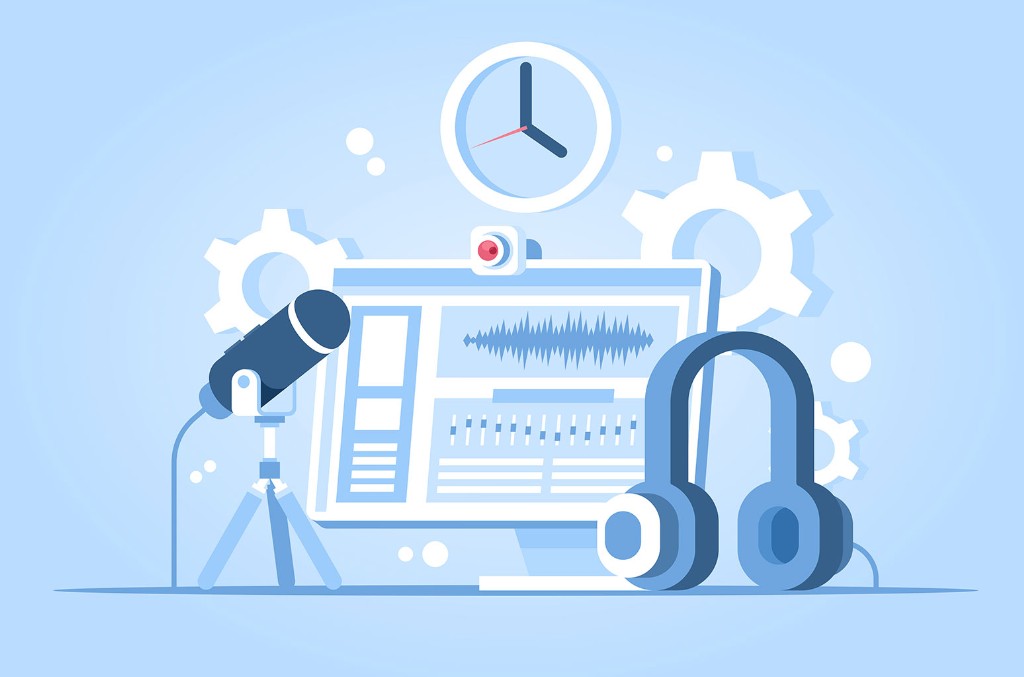"If this had happened 20, 25 years ago, it would be extremely difficult, because we didn't have the technology we have now."
In Casper, Wyoming, My Country 95.5 morning-show hosts Cathy “The Prairie Wife” Holman and Jeff “Doc” Holliday are introducing Kane Brown singles and talking about their many children, like they do every day. But there are subtle differences in the broadcast: Holman’s voice sounds distant and there are brief, barely perceptible pauses in the conversation, as she is self-distancing and calling Holliday via Skype rather than commuting 30 miles to the station.
“Today my daughter dropped something — she was standing right next to me — so there was a huge thunk. Another day, I swear people thought I was going to the bathroom, because my 7-year-old was getting a drink of water,” says Holman, who is home-schooling her five kids, ages 5 to 14. “We’ve made the conscious decision to keep that. Who right now cannot relate?”
Like every business, radio stations in the coronavirus era must suddenly figure out how to manage a staff of work-at-home employees, which creates technical complications: Morning-show crews thrive on personal banter and studios are loaded with state-of-the-art microphones and soundboards that are difficult to reproduce at home. But at Townsquare Media’s more than 320, including My Country 95.5, sales and marketing staffs are working off-site; DJs are isolated in spacious, constantly cleaned studios; on-air producers work in separate rooms; and engineers are able to operate transmitters and other equipment remotely.
“If this had happened 20, 25 years ago, it would be extremely difficult, because we didn’t have the technology we have now,” says Kurt Johnson, the company’s senior vp programming. “What local radio does best is relate to the local audience — if the dog barks in the background, fine.”
Every station is dealing with the same problem — and doing it under the stress of an unprecedented advertising slowdown, as closed local bars, restaurants, shops and concert promoters abruptly slash advertising budgets. A rep for iHeartMedia, the world’s biggest broadcaster, said in a statement that its teams “have all the technology resources … to deliver the important information our communities depend on us to provide.” Tim Clarke, vp content and audience for Atlanta broadcaster Cox Media Group, adds that his stations have rolled out strict hygiene and social-distancing policies, but, he says, “We still have a lot of teams that have to be in place in our buildings,” including on-air personalities, producers and reporters.
“It’s not easy stuff to figure out,” Clarke says. “We’re staggering shifts, we’re staggering schedules, so we don’t have as many people exposed to each other at the same time.”
On March 11, The Current, a Minnesota Public Radio station, reduced its onsite St. Paul staff from 350 to 50, streamlining from four or five people to just one in each of its two studios. “There are some things we wouldn’t have done on a normal week, but it’s not a normal week right now,” says managing director David Safar. “People are not concerned about whether [DJs] are connecting over the phone or an ISDN or a tape sync. It’s just about making the connection.” In College Station, Texas, 11-station Bryan Broadcasting is using more voice-tracking, so DJs on staggered shifts can show up alone and pre-record conversational “breaks” between music and advertising. And others are calling in via Skype, which causes technical challenges. “It’s really difficult when you’ve got a control board that has three different people coming in on it, plus, Skype, plus news,” says Ben Downs, the company’s GM.
Advertising is the more pressing issue for Downs’ stations — nearby Texas A&M University is on an extended hiatus, students aren’t around to spend money in nonexistent bars and shops, and local advertisers are in financial trouble. “There’s a lot of rent that’s going to go unpaid, and there’s a lot of advertising bills that are going to be unpaid, too, I’m afraid,” he says. Borrell Associates, a radio analyst, has suggested local advertising will drop 20-25% this year. “The real story here is just the absolute devastation of the advertising economy in the last week or so — then you couple that with trying to work remotely as well, it’s super-challenging,” says Dennis Wharton, communications executive vp for the National Association of Broadcasters.
Even without being present in the stations themselves, radio is falling back on its core mission — to inform and soothe the public. In Minnesota, a DJ working at home declared to her audience, “You can’t cancel rock ‘n’ roll.” in Casper, Holman, who has an early-education degree, gives listeners resources about how to home-school their kids. And the NAB’s coronavirus public-awareness campaign has aired 36,000 public service announcements on TV and radio.
“Even if [radio employees] are not physically at the station, the message is getting out,” Wharton says. “They’re able to use whatever means is necessary to get the broadcast out to the masses.”



